Google’s Search Generative Experience (SGE), powered by AI, is taking over more and more SERP real estate–an update that’s making big changes for both paid and organic results.
The impact of AI is hard to miss on the search engine these days: the AI Overviews section appears at the top of the page and is highlighted in blue to distinguish it from other search results. Within that section, the tool provides written answers to users generated based on the most relevant results to their queries.
While there’s been a lot of focus on how this has changed organic results, these updates are having a serious impact on paid results, too. The new feature has affected where ads appear on the SERP and might have farther-reaching impacts for paid search.
To make the most of Google’s newest AI placements and features, brands must adapt their strategy to a new search order. That means leveraging Google’s newest AI campaigns, like PMax, to access ad inventory as efficiently as the new AI SERP features can display it.
Google SGE: what it is and what it means for marketers
The SGE is a new generative AI feature used to power search results on Google.com. It’s just one step in Google’s plans to transform the search engine with AI.
According to Google, with generative AI in search, users can:
- Ask “more complex and more descriptive” questions
- Get summaries of topics to give them general ideas faster, with links to learn more
- Start quick tasks like writing drafts or creating images right from the search platform
- Search efficiently by asking more conversational follow-ups or trying generated next steps
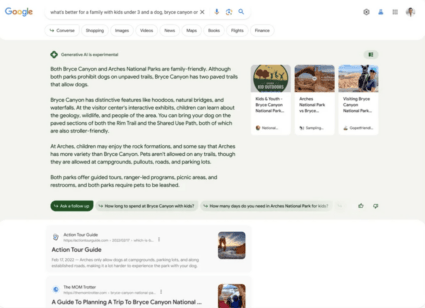
Source: Google
As Google has rolled out this new feature, they’ve experimented with ad placement by having ads appear above, within, and below the SGE.
Different kinds of ads appear in different places. While we see search ads both within and above/below the SGE, shopping ads have been spotted regularly within the SGE placement, taking attention and click volume away from any text ads or organic placements below it.
At this time, search marketers have no control over where ads will show in relation to the SGE. That means there’s no way to influence your likelihood of showing up in an advantageous position relative to the SGE.
But since Google relies heavily on ad revenue and advertisers, they will likely provide more ad placements on the new AI-powered SERP as updates continue. Ad placements will only continue to increase and create new dynamics in what shows up on the results page.
How Google SGE impacts advertisers: ad volume, settings, placement, and more
According to Google, search ads will continue to “play a critical role” as the results page becomes more AI-powered. In the updated SERP, search ads will be placed in dedicated ad slots throughout the page, giving advertisers a chance to reach customers as they search just like the more traditional version of Google did.
Google is also maintaining its commitment to making it clear when users are being shown ads vs. organic results. When search ads appear in the SGE, they’ll still feature the “Sponsored” label.
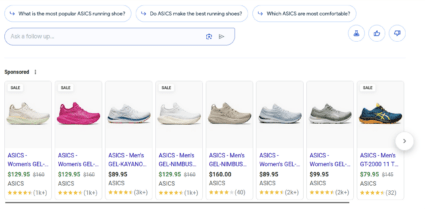
Source: Search Engine Land
As mentioned above, search marketers have observed a variety of ways in which ads appear in the SERP when the SGE is present. Google will likely continue to alter ad placement with each auction in relation to other features in the SERP, showing ads in placements that will best drive response or action from that particular user based on their likelihood of clicking through.
That means that one user might see ads appear one way while another might see a completely different experience as Google perpetually tests the appearance and placement of ads.
These ads will be mostly search ads and shopping ads (product listing ads), populating from either Performance Max (PMax) campaigns or search. So far, ad volume doesn’t seem to be impacted by these changes, but that doesn’t mean it won’t be in the future.
The platform says they’re continuing to test and change the ads experience as they develop AI in search, so there may still be more changes coming our way when it comes to advertising in the SGE.
There’s currently no way to control how often ads appear as part of the SGE, so you won’t be able to opt out of the new AI search–which means you have to adapt your strategy to work with it.
The new search order: how brands can leverage the SGE to win
At its core, the SGE is a front-and-center application of Google’s AI. So it makes sense that if you want to leverage Google’s newest AI placements and features, you should use Google’s newest AI campaigns–PMax campaigns–to access that inventory.
Since both search and shopping ads may appear in the SGE as ad placements, PMax is the perfect tool for marketers looking to take advantage of the new AI features. PMax campaigns run on both search and shopping ads.
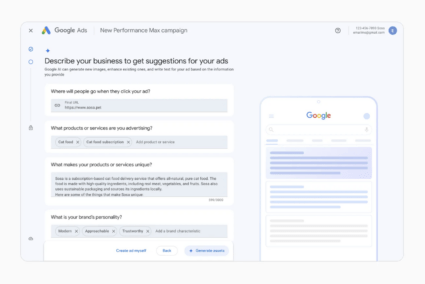
Source: Google
While Google hasn’t explicitly said that PMax is a campaign type that provides the highest likelihood of ads appearing alongside SGE, the keywordless nature of the campaign and the fact that additional targeting signals power both SGE and PMax mean there’s likely a harmony of data between these two products.
Marketers can get the best results by leaning into the full suite of targeting features available within PMax, including Search Themes, Audience Signals, Strong Assets, and more. Those features give advertisers the best opportunity to show their ads alongside or within the SGE. Leveraging additional signals from feeds and/or content-rich landing pages can also help ads match to relevant content within the SERP and SGE.
You should also be closely monitoring volume and observing changes in the SERP and where your ads are being placed. The appearance of the SERP and AI-based features are changing rapidly, so marketers should be prepared to notice and call out any major shifts. You might need to adjust your strategy if the SGE is having any unexpected impact on your advertising.
If you use PMax for ads appearing on the SGE, AI will be assisting in both the placement and creative of the ad itself. That’s a good thing, because the best way for marketers to keep up as Google continues to integrate AI tools into every aspect of its search engine is by using AI features and campaigns to leverage the SGE as efficiently as possible.
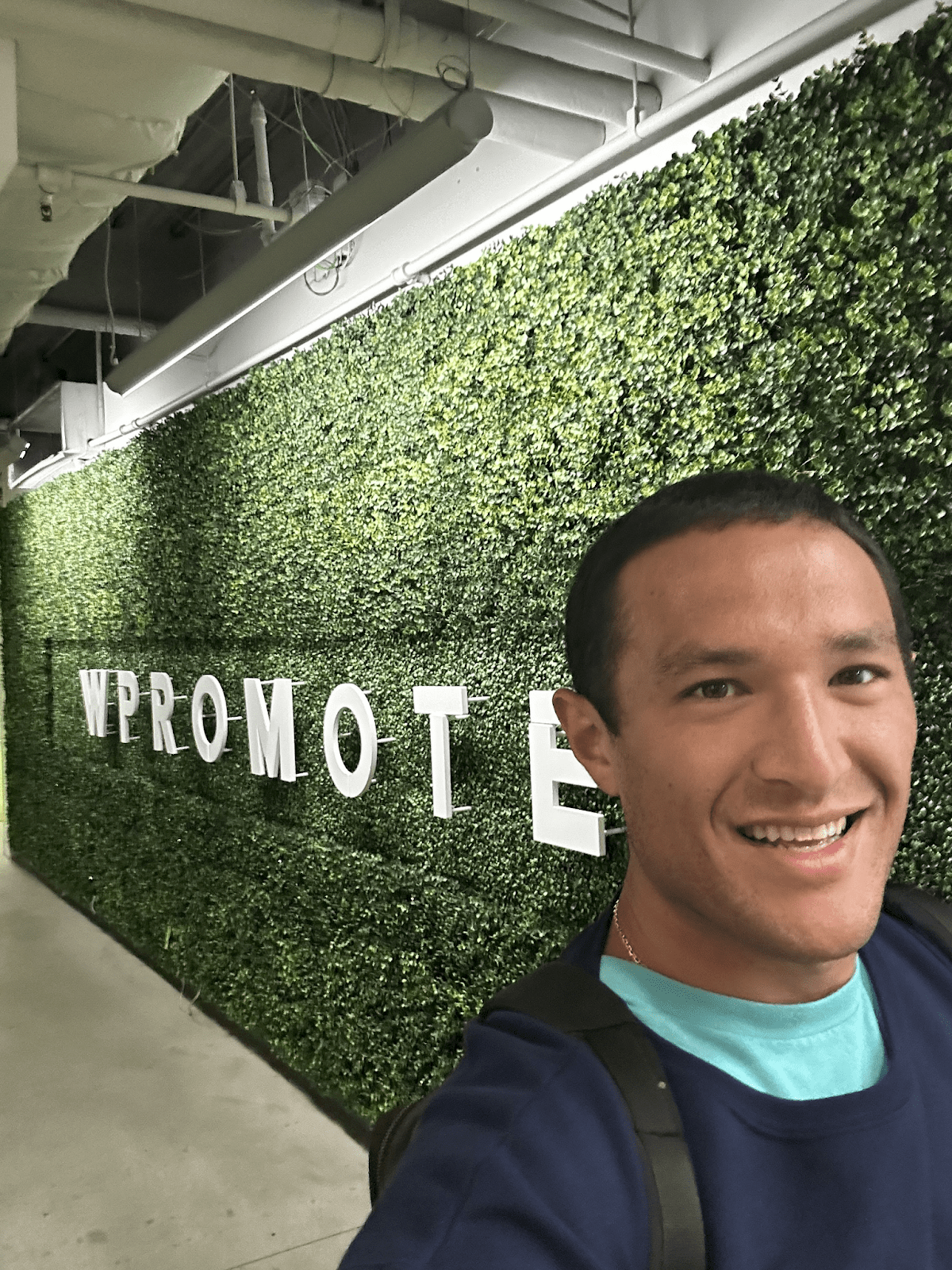




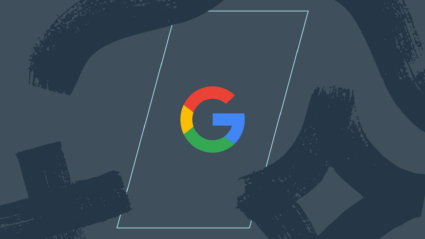

Responses